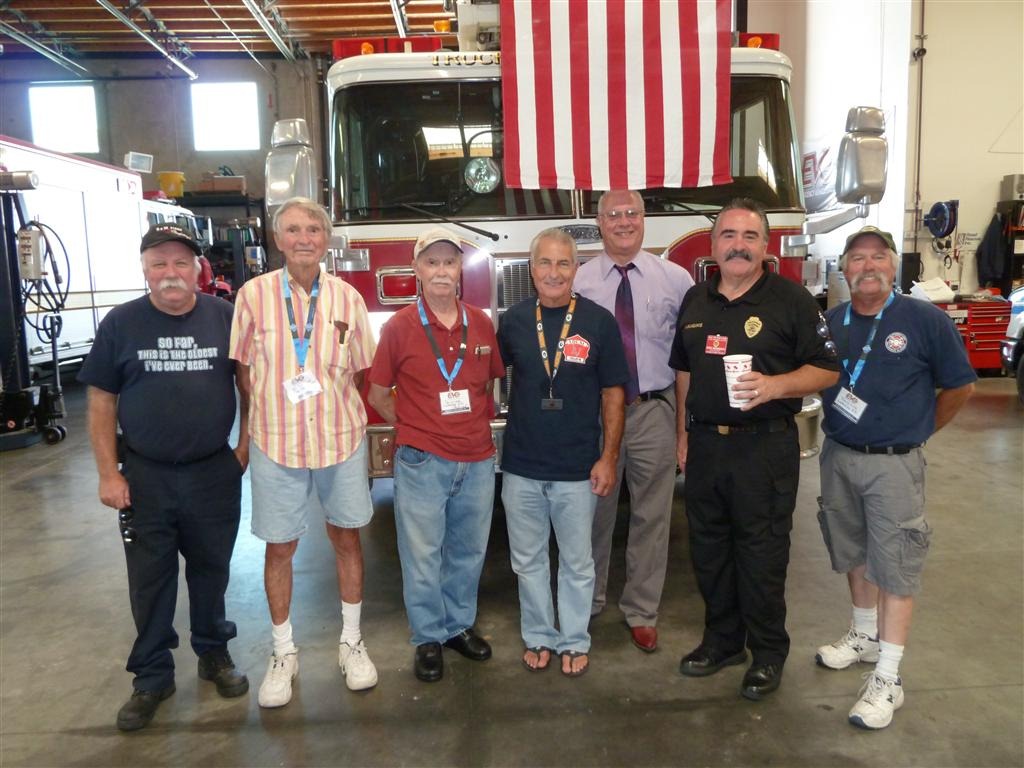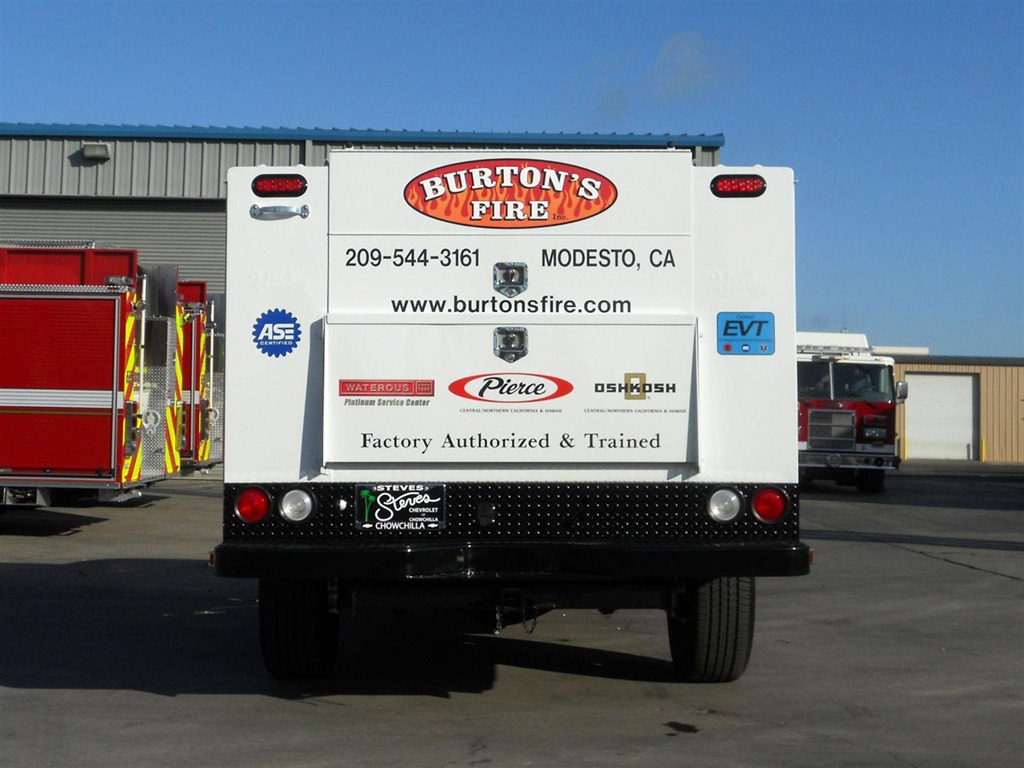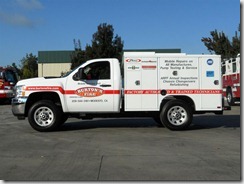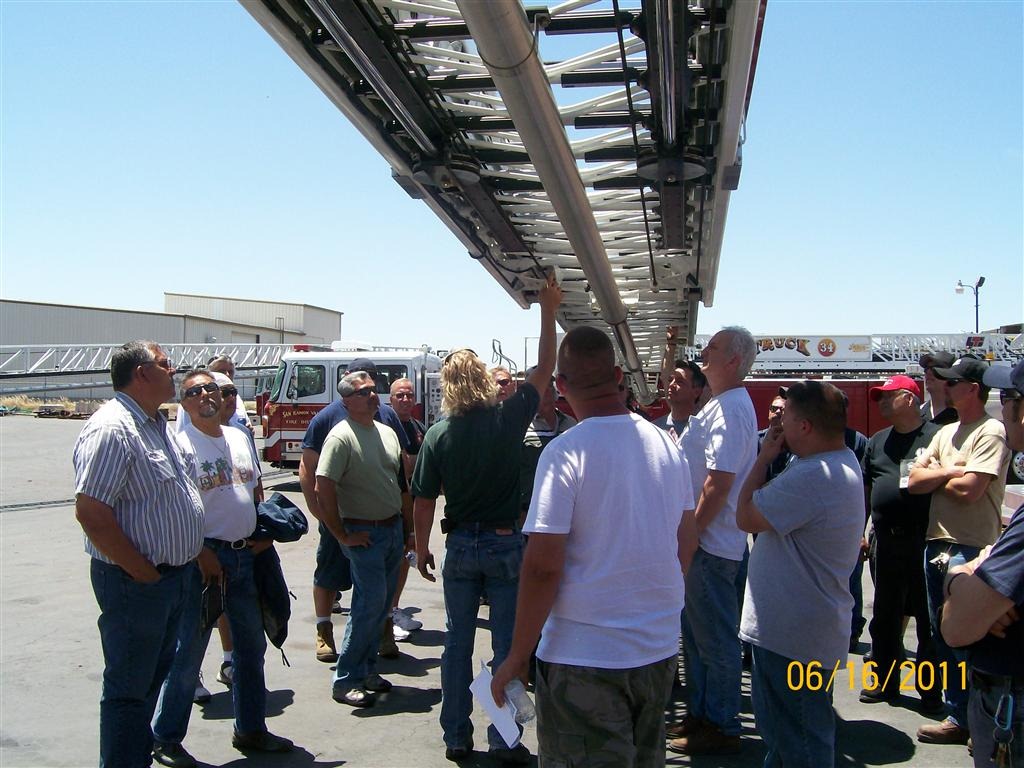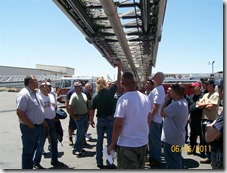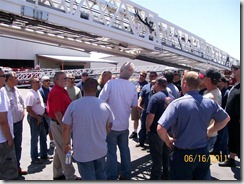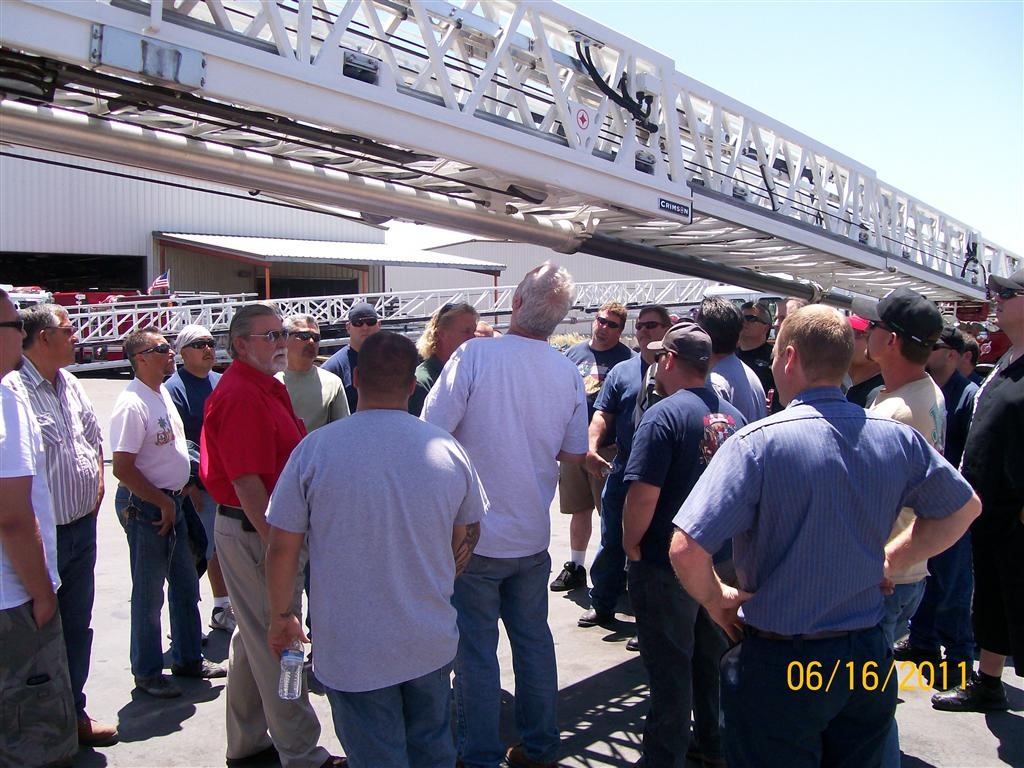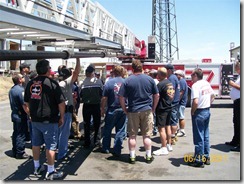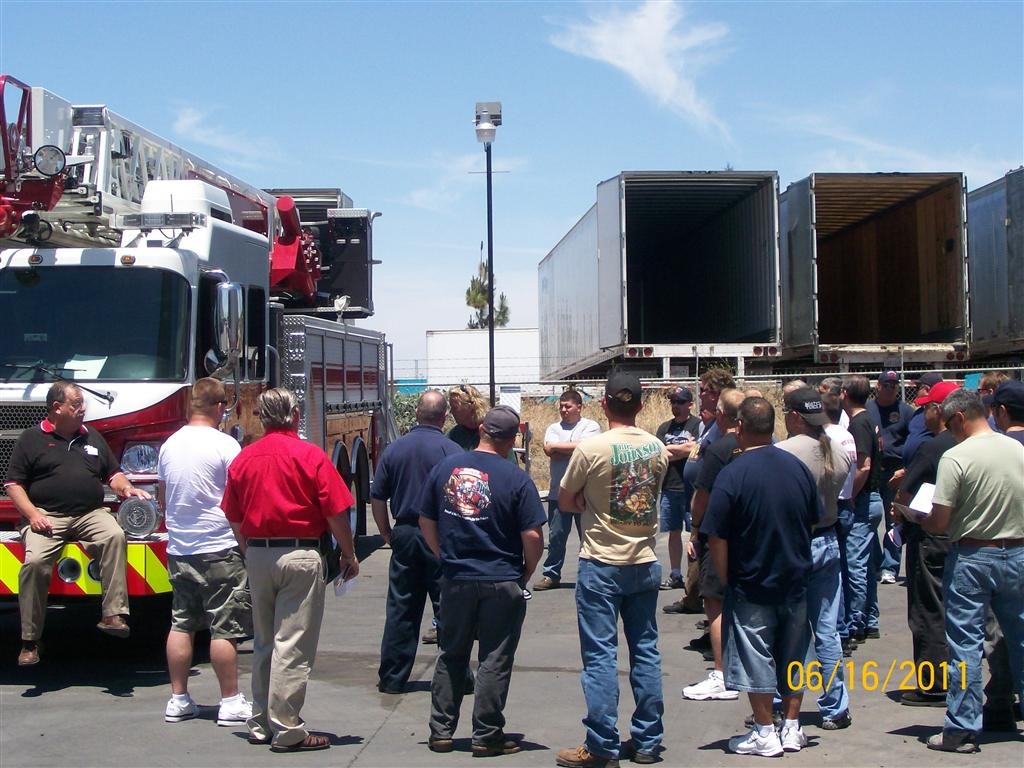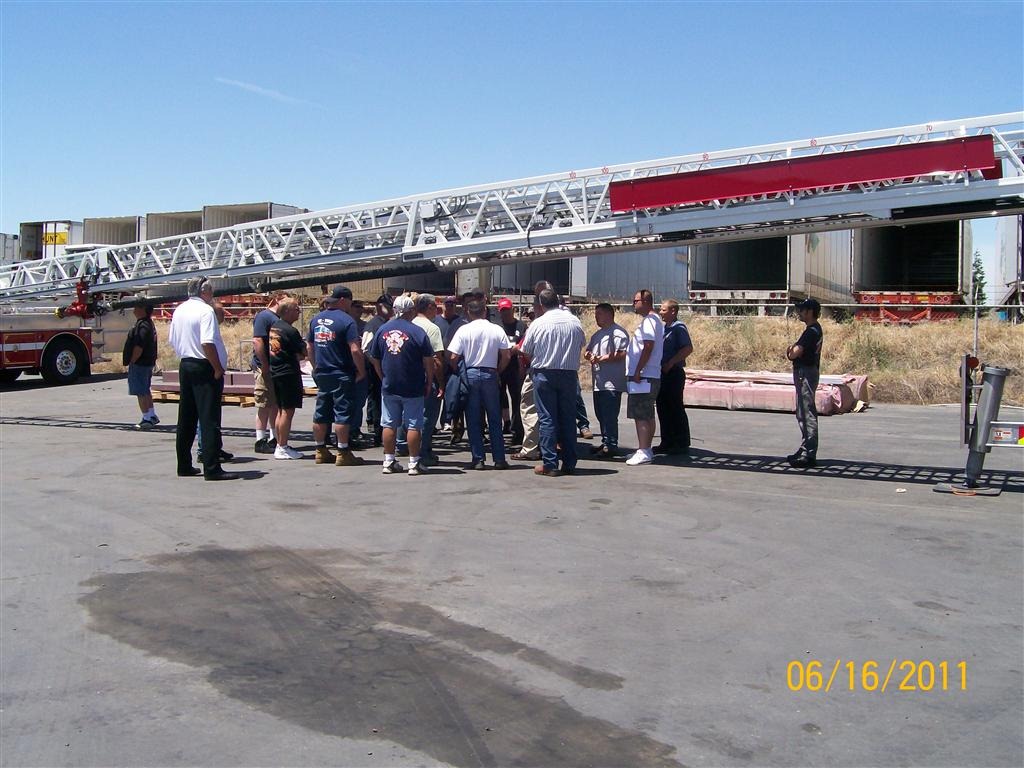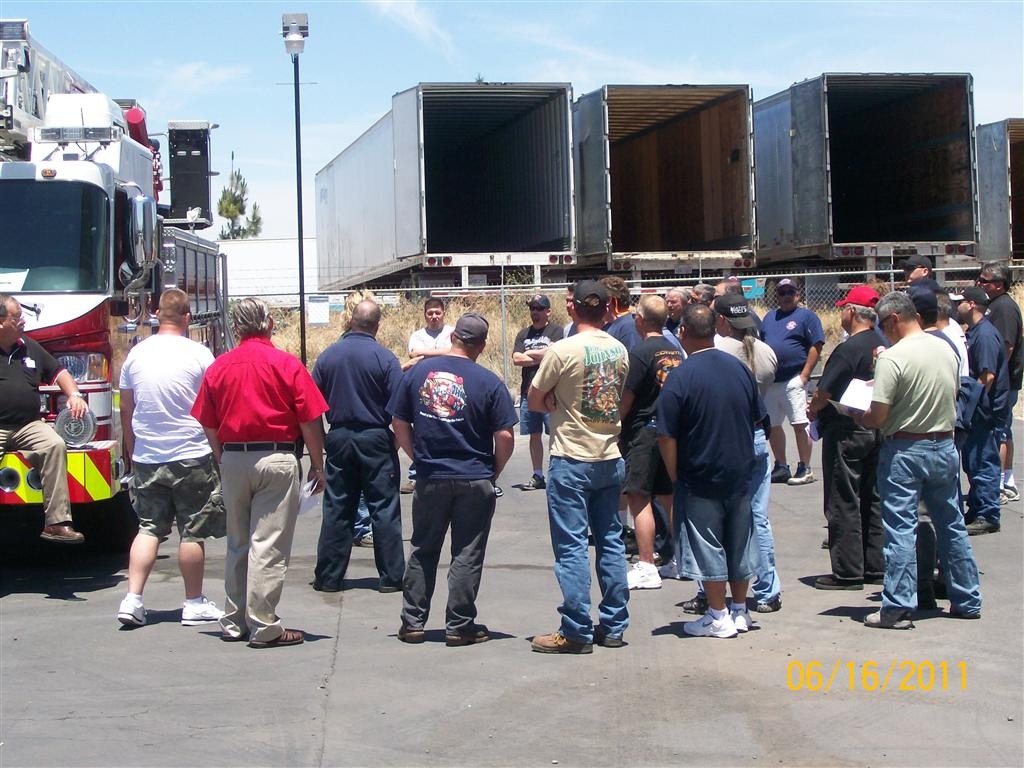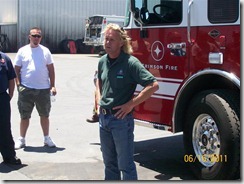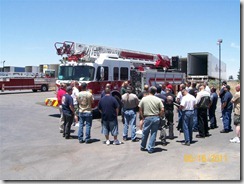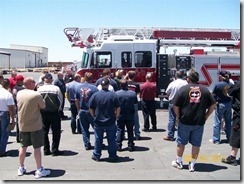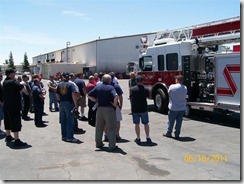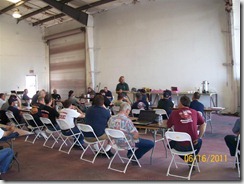Mission Statements – NCFMA – SCFMA – CFMA
To establish professional development and training programs that leads to certification by a certifying testing agency, of fire apparatus mechanics, based on a system utilizing academy instruction and supervised and structured testing. Upon successful completion of the testing process, the Emergency Vehicle Technician (Fire Mechanic) is qualified to perform associated tasks to which the technician is certified to perform.
The Southern California Fire Mechanics Association (SCFMA) and the Northern California Fire Mechanics Association (NCFMA) started in 1966 due to the need to coordinate fire service maintenance information across California.
The California Fire Chiefs Association (CFCA) is the parent organization that sponsors the Southern and Northern Fire mechanics Sections. Representatives from the SCFMA and NCFMA report directly to the CFCA at annual meetings where all CFCA Sections update the latest information.
History: The very first California Fire Mechanics Academy, supported by the SCFMA and NCFMA was held April 12 the 16th, 1971 and was called the “Fire Service Mechanics Workshop”. Today the California Fire Mechanics Academy (CFMA) offers approximately 40 classes in three levels of Certification and routinely draws 400 or more students from across the nation. Through the years, attendees have come from as far as the South Pacific, Germany, and Great Britain an U.S. Military Service personnel from across the globe. The Mechanics Sections continue to support the CFMA.
About the NCFMA & SCFMA:
A great deal of emphasis is placed on maintaining the condition of apparatus and equipment used by fire personnel. What about the people who maintain and repair the vehicles and equipment? What level of training have they received to keep a sophisticated, expensive piece of machinery in proper operating order? Unfortunately, the contributions of emergency maintenance personnel are often overlooked. The need for training, education, and recognition is the same as it is for emergency and rescue personnel.
While it would be difficult to state that someone invented the Mechanics Section, it is not hard to say that a need created the first organization of Fire Service Mechanics in California.
Francis Newcombe, then Chief of the Crest Forest Fire Protection District, did recognize the benefits a fire department could derive from such an organized group. In 1966, Chief Newcombe’s fire department did not have a paid mechanic, but did have a Captain charged with the responsibility of equipment maintenance and repair for twelve fire stations.
Chief Newcombe thought about having to go to neighboring fire departments when local fire suppression efforts outstripped the resources of a single fire department. If the system worked for emergency services, why not fire service mechanics? Chief Newcombe’s idea was one of fire service mechanics helping one another when their problems were too difficult for one man (and not always a mechanic by trade) to handle. So, through the efforts of Chief Newcombe and then Captain Ken Roberts, the first fire service mechanic organization was created in San Bernardino County with 12 agencies participating. The first meeting resulted in the election of Ivan “Pep” Richardson of the San Bernardino Fire Department as President, Roy Smith of the California Division of Forestry as Vice President, and Bill Wirth of the Fire and Rescue Division of the CA Governors Office of Emergency Services as Secretary/Treasurer (Bill held the title of Secretary for seven years and upon his move to Sacramento as head of Maintenance for OES, became the President of the Northern Section). Word spread quickly. Within six weeks, departments from Riverside and Orange Counties had fire mechanics attending the second meeting. The third monthly meeting of this group witnessed the name change from “San Bernardino County Fire Mechanics Group” to “Citrus Belt Fire Service Mechanics Association”.
By January 1967, the Association had membership from San Diego to Bakersfield, with informational minutes being requested throughout Northern California and the Eastern States. At the January 1967 meeting, the group voted to change the name to the “Southern California Fire Mechanics Association”. This lasted until August 1968, when the California Fire Chiefs Association (CFCA) requested that the Mechanics Association become a section of the CFCA, represented by a Northern and Southern Section. Thus was born the CFCA, Fire Service Mechanics Section (FSMS). The Northern Section meets bi-monthly and the Southern Section meets monthly.
The CALIFORNIA FIRE MECHANICS ACADEMY (CFMA) began in 1970 with a small group of men volunteering their time to train emergency maintenance personnel through classes offered once a year at the academy level. This program has been sponsored by the California Fire Chief’s Association (CFCA) and has grown accordingly as they sought to provide recognition for the education, training and experience of fire apparatus mechanics.
CFMA Mission Statement:
“To establish a professional development and training program that will lead to certification by a certifying agency of fire apparatus mechanics based on a system utilizing academy instruction and supervised/structured testing.”
In the spring of each year, the California Fire Mechanics Academy brings together fire mechanics, civilian mechanics, and firefighters from throughout the nation to learn new skills and to expand their knowledge of skills already acquired. The one-week academy is a combination of workshops, seminars, hands-on training, and in-depth classes designed to accommodate all skill levels in the field of fire apparatus and equipment maintenance. Levels of instruction vary from entry-level theory classes through CA State Certification classes involving 36 hours of intensive instruction and homework.
The very first California Fire Mechanics Academy was held April 12 through 16, 1971 at the LeBaron Hotel in San Diego, CA. Opening greetings and well wishes were given by then San Diego Fire Chief Leonard Bell. At that time it was called the “Fire Service Mechanics Workshop” and offered six classes for the entire week. There were 119 registered students participating in the first academy representing 32 northern CA, 61 Southern CA, Nevada, Arizona, and Colorado Fire Departments. The importance of this first academy was recognized by leaders of our industry when the CFCA sent Edward W. Bent, Supervisor; Fire Service Training Program, Bureau of Industrial Education, for recognition of the Academy and offer a rousing speech at the closing ceremonies. Ed Bent and his associates organized and prepared the first workshop sessions. Today the Academy offers approximately 40 classes in three levels of Certification and routinely draws 400 or more students from across the Nation. Attendees have come from as far as the South Pacific, Germany, and Great Britain (U.S. Military Service personnel). Today, we are pleased to report that the Academy has moved into its’ new permanent quarters at former McClellan Air Force Base in McClellan, CA ( Sacramento, CA area).
Memory Lane: While many names will be missed in this list, a few notables in the association and academy levels over the years are: Francis Newcombe, Robert Ely, Oscar Bolstad, Ken Roberts, Bill Wirth, Ed Bent, Ivan “Pep” Richardson, Roy Smith, Chet Baley, Dick Berger, Michael Collins, Nip Dallas, Bill Disario, John Donohue, George Henson, Ivan Jackson, Dick Barrows, Ralph Craven, Bill Roe, Jeff Lewis, Dave Smoot, John Barrett, Gary Lemen, Sam Dominick, Jerry Lee, Bob Friend, Don Wisinski, Armando Vasquez, Kevin O’Connell, Ernie Warren, Leonard Erb, Susan Porter, Eugene Robeson, Paul Blankenship, Blair Porter, Dr.Jim Burrell, Ray Looze, Frank Albro, Dennis Litchenstine, Bruce Barklow, Jimmy DeLap, Wayne Olson, Melvin Gump, Al Sass, Phil Vance, Jess Smith, Dan Abeyta, Diane VanRuiten, and many more too numerous to mention. You know who you are. Too many of these are now gone and await our arrival.
The above information was compiled from multiple sources and arranged, not written, by NCFMA/SCFMA Liaison Officer Anthony D. Bulygo. My thanks go out to all who contributed to this lengthy historic view from which we evolved.

